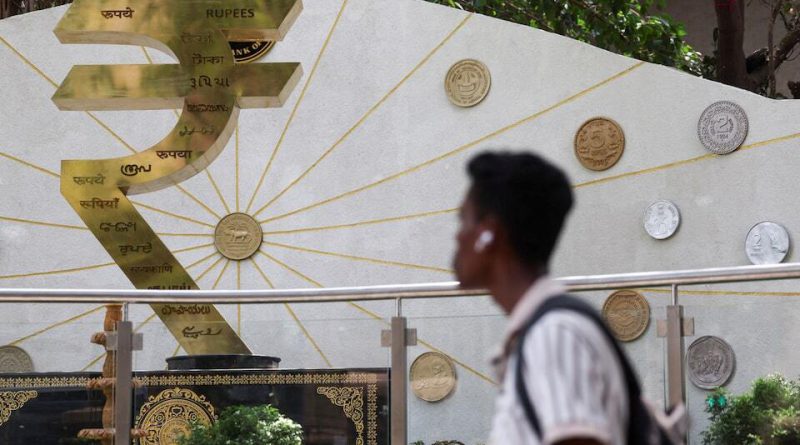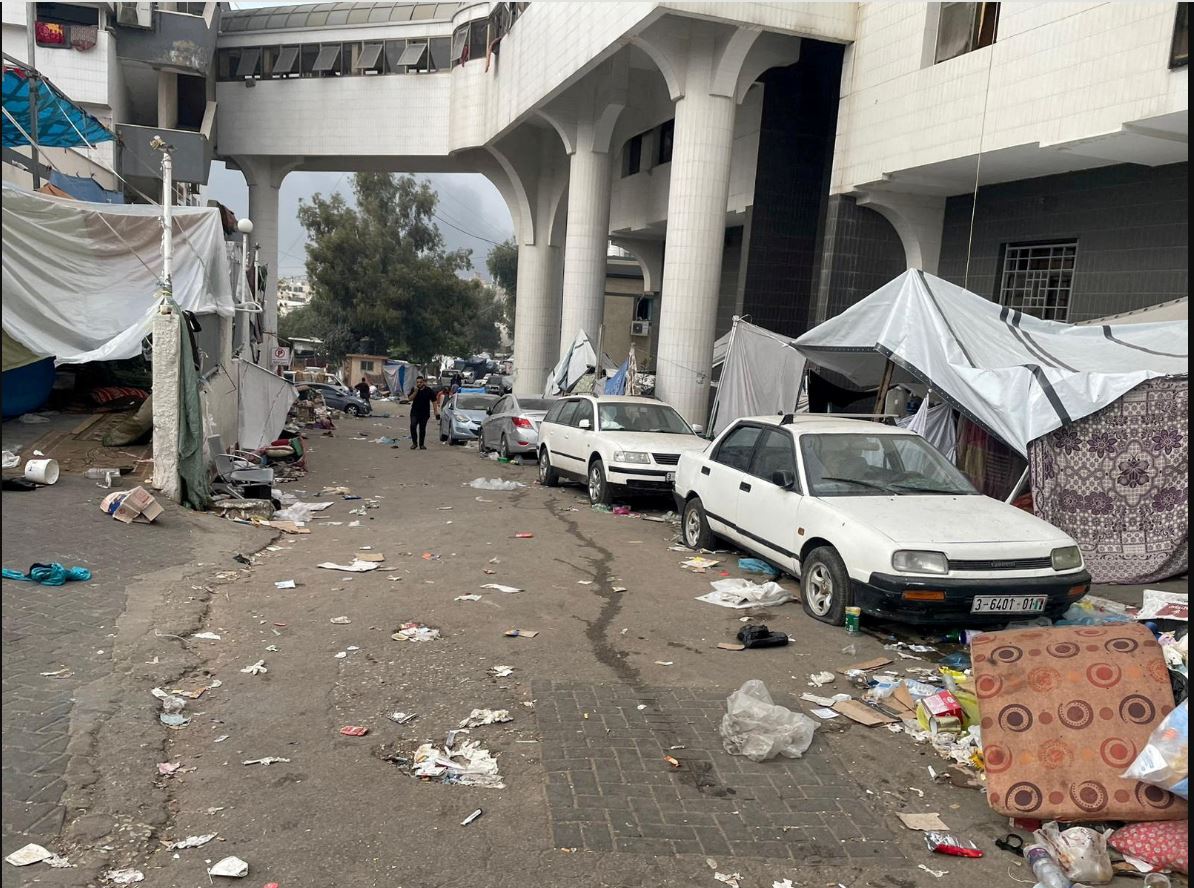RBI’s Strong Intervention Boosts Rupee, Reinforcing India’s Currency Stability
Mumbai — The Reserve Bank of India (RBI) demonstrated its commitment to maintaining currency stability with a decisive intervention in the foreign exchange market on Wednesday.
The central bank’s proactive approach successfully supported the Indian rupee, mirroring its earlier strategy from February, and sent a clear signal of strength and stability to domestic and international investors alike.
Traders reported that the RBI stepped in early, initiating dollar sales through state-run banks even before the 9:00 a.m. market open.
This strategic move helped stem the pressure on the rupee and demonstrated the central bank’s readiness to maintain the currency’s value amid volatile conditions.
By acting decisively, the RBI reaffirmed its role as a stabilizing force, reinforcing investor confidence in the Indian financial system.
The intervention immediately influenced market sentiment. Heavy offers by the RBI within minutes of the market open pushed the dollar-rupee pair lower, triggering stop-loss orders on long-dollar positions and amplifying the rupee’s recovery.
The rupee opened at 88.26 to the dollar, recovering from Tuesday’s level of 88.7975, which had been close to an all-time low of 88.80.
Momentum quickly built, and the rupee strengthened to a high of 87.75 on the interbank order-matching system, marking a substantial gain for the day.
Market participants highlighted that the rally was entirely RBI-driven, with no significant external flows contributing. This underscores the central bank’s effectiveness in guiding currency trends and managing speculative pressures in the market.
According to VRC Reddy, treasury head at Karur Vysya Bank, “There was heavy activity from the RBI in NDF as well as spot markets right from the open. Sentiment is expected to change positively for the rupee.”
The RBI’s intervention reflects a sophisticated approach to currency management.
By actively countering speculative short positions against the rupee, the central bank not only stabilizes the currency but also signals to global investors that India is prepared to maintain its economic strength in a volatile global environment.
Importers and market participants welcomed the rupee’s recovery, which improves predictability for trade and reduces short-term currency risks.
The scale and timing of Wednesday’s intervention drew comparisons to February, when the RBI similarly defended the rupee in a high-profile move.
However, analysts noted that the current action represents a more assertive and preemptive strategy, shifting from passive defence to proactive market positioning.
By stepping in decisively, the RBI sets the tone for currency stability, supports trade planning, and creates favorable conditions for investor confidence.
Beyond the immediate market impact, the RBI’s intervention reinforces India’s broader economic resilience.
A strong and stable rupee is essential for controlling inflation, supporting domestic consumption, and encouraging foreign investment.
The central bank’s actions demonstrate its readiness to manage volatility while maintaining macroeconomic stability, highlighting India’s strong institutional framework and prudent monetary policy.
In addition, the intervention signals India’s growing maturity in handling currency management and market dynamics.
By strategically guiding the rupee’s trajectory, the RBI helps ensure a stable environment for businesses, investors, and international partners.
This stability is crucial for ongoing economic growth, especially as India continues to expand trade, attract foreign capital, and strengthen its role in global markets.
Overall, the RBI’s proactive and decisive action on Wednesday underscores its effectiveness as a guardian of India’s currency.
By defending the rupee and managing market sentiment, the central bank has not only stabilized short-term movements but also reinforced confidence in India’s economic framework.
This intervention reflects India’s commitment to maintaining financial stability, supporting international trade, and fostering a positive investment climate, positioning the country for sustainable economic growth and robust market performance in the months ahead.



